Nature and utopia: an exhibition with 13 leading contemporary artists in Perugia
Entitled NATURE/UTOPIA: art between ecology, reuse and the future , the exhibition, promoted by the Perugia Foundation, aims to initiate a reflection on issues related to nature and ecology in contemporary art. Through the works of thirteen artists from different parts of the world, the project aims to offer an in-depth and innovative look at these crucial topics for our time. Curated by Marco Tonelli, the exhibition is scheduled at the rooms of Palazzo Baldeschi in Perugia from April 23 to November 3, 2024. The exhibition route and layout are designed to offer the public a narrative about man’s relationship with nature and its future. The inspiration for this quest comes from the legendary republic of Utopia, imagined in the 16th century by the English humanist Thomas More in his famous short story of the same name. In this context, Utopia represents a land that, while connected to the real world, is also independent and represents a possible alternative future.
Similarly,contemporary art is seen as a kind of “happy island,” where everything is sustainable because it contributes to enriching the world, both in terms of forms of expression and thought. Through the works of the artists involved, the exhibition aims to explore this utopian vision and stimulate critical reflection on how we can imagine and build a more sustainable future in harmony with nature.
The exhibition NATURE/UTOPIA: Art Between Ecology, Reuse and the Future recognizes the crucial role of art in representing and reflecting on contemporary issues related to the environment and sustainability. Rather than directly resolving these issues, art offers a unique space to reinterpret and reimagine them through the language of forms, aesthetic thinking, and artistic creativity. In this context, art acts as a catalyst to stimulate critical reflection and awareness on crucial issues such as ecology, the relationship between humans and nature, sustainability and the reuse of materials. The selection of the 13 artists involved in the exhibition reflects a diversity of perspectives and cultural backgrounds, including protagonists of the Italian, European and even non-European cultural scene, such as Cameroon and Mozambique. These artists have long made the concept of utopia, reuse, design and nature the core of their artistic poetics, since the 1960s. Each artist, with his or her own specific characteristics, contributes to enrich the exhibition with works made with traditional but also unexpected and innovative materials.
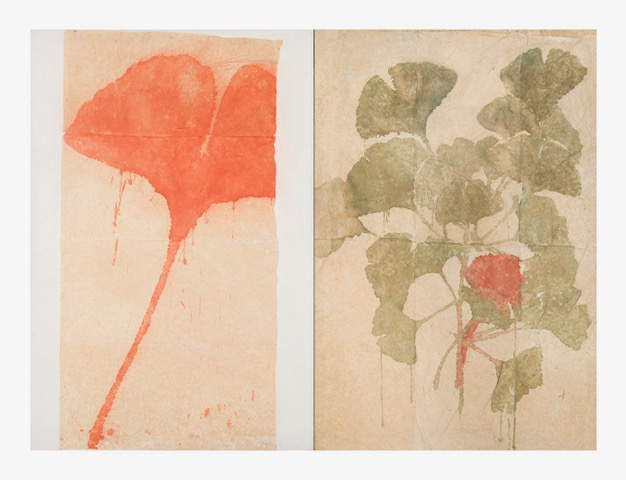
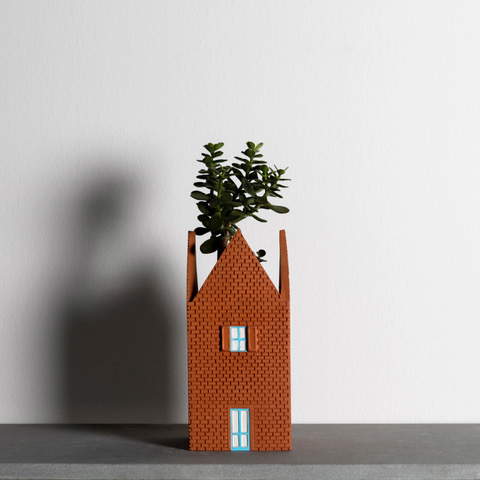
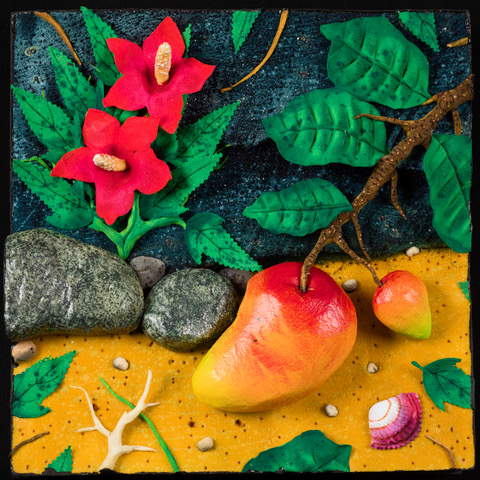
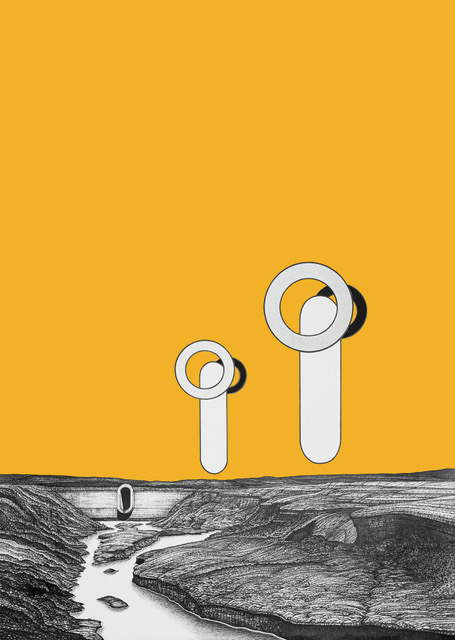
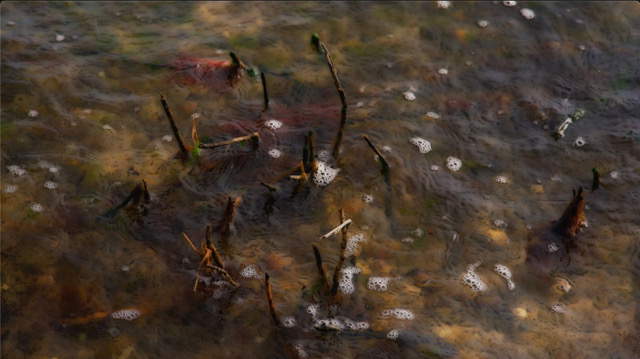
Among the selected artists are now historicized figures such as Gianfranco Baruchello, known for his pioneering work with Agricola Cornelia S.p.A. in the 1970s and 1980s, where he treated the earth as if it were a work of art. Similarly, Ugo la Pietra used architecture as a means to explore the contradictions and relationships between nature and the city, while Piero Gilardi placed ecology at the center of his artistic practice, transforming sections of nature itself into works of art through his natural carpets. Giuseppe Penone, one of the most significant protagonists of Italian art from the 1960s to the present, has always focused his research on the relationship between man and nature. In the exhibition, his work “Structure of Time” highlights the deep connection between artistic fusion and plant growth, embodied by the bronze that forms the structure of the work. Davide Benati and Nicola Toffolini use traditional media to express their artistic visions: Benati prefers painting to sublimate natural iconographies, while Toffolini turns to drawing, creating landscapes of utopian worlds that seem to suggest a futuristic condition. Paolo Canevari stands out for his approach to the reuse of materials, highlighted in the Black Pages series on display in the exhibition, where ancient gilded frames contain newspaper sheets covered in burnt motor oil, transforming everyday objects into relics of a consumerist modernity. Loris Cecchini explores themes related to the environment and the readjustment between human needs and new materials, creating sculptures with unusual materials and experimenting with innovative techniques in their making. Giuliana Cunéaz creates immersive environments through the use of digital and interactive works, exploiting video projections, screen paintings, 3D modeling and Artificial Intelligence to immerse viewers in unique visual and sensory experiences.
The African continent is represented in the exhibition through the works of artists such as Gonçalo Mabunda, originally from Mozambique, whose work focuses on the use of reused materials such as bullets, grenades and shell casings to create masks that evoke fetishes and totems, but at the same time caricatures anthropomorphic and mechanized faces, recalling the memory of the civil war that affected his country, and Pascale Marthine Tayou, from Cameroon, creates environmental installations using colored plastic bags, simulating an image of sustainable consumption in which degradation is frozen into works of art. Kaarina Kaikkonen, a renowned Finnish artist, works exclusively with salvaged clothing, mainly men’s shirts, creating works that represent a virtual reproduction of absent bodies. These empty suits preserve the memory of the bodies that wore them, carrying with them the stories and experiences of the people who wore them. Finally, Peter Campus, a pioneer of video art, is exhibiting two videos derived from his long experience of immersion in nature. His works reflect on the beauty and chaos of the contemporary world through a personal and reflective perspective.
The common thread linking the work of these artists is the research around the concepts of reuse, utopia, project, nature and future, interpreted through an ecosophical and eco-aesthetic reading of the world, which manifests itself in different ways according to historical and geographical contexts. In the exhibition itinerary, special space is reserved for a cinematic masterpiece celebrated by critics as an authentic ecological manifesto: The Blue Planet, directed by director Franco Piavoli. This work was awarded a prize at the 1982 Venice International Film Festival and was described by the great Russian director Andrei Tarkovsky as a “poem, journey, concert about nature, the universe, life. A different picture from the one always seen. Truly anti-Disney.” The film, lasting a total of 1 hour and 20 minutes, offers a poetic and contemplative look at life, our ecosystem and planet Earth, our unique and fragile natural habitat. From the very first scenes, it begins with a quote from Lucretius’ De Rerum Natura, and then dives into the cycle of nature intertwining with the human cycle. Without the use of words or a conventional plot, the film unfolds through a sequence of images and sounds captured live, offering an experience of great poetic suggestion, beauty and melancholy. In the exhibition, it will also be possible to enjoy the work through a five-minute summary, allowing visitors to briefly immerse themselves in this extraordinary cinematic experience.
“The exhibition, far from wanting to bear witness to ideological content, expresses the need to make the work and poetics of the artists central even before the social and political fallout, even though all the works on display have relationships to current historical contexts if not even related to what the future might hold for us, with its uncertainties and anxieties, promises and opportunities”, says curator Marco Tonelli, “The only possible answer to the anxieties of our age is the work of art not as a solution or compensation, but an imaginative autonomous practice, separate but not indifferent from reality, just like the island of Utopia, a utopian paradise detached from the rest of the world but at the same time a projection of what it could be.”
“Art exhibitions can be a powerful tool for raising awareness and interpreting the present,” says Cristina Colaiacovo, President of Perugia Foundation. “Placed before the endless avenues of creativity, visitors explore new perspectives, visions and solutions, and this is especially true with respect to the theme of the environment and the future of humanity. We are grateful to the curator and the many artists who contributed their works to an innovative, fascinating and extraordinarily timely exhibition project. This exhibition is a tribute to nature and its beauty, a tangible message of our ongoing commitment to a truly sustainable future.”
Accompanying the exhibition is a catalog edited by Marco Tonelli, published by Fabrizio Fabbri Editore and made of recycled paper. The exhibition design, made 80 percent from recycled materials, is by Giuseppe Trivellini.
 |
| Nature and utopia: an exhibition with 13 leading contemporary artists in Perugia |
Warning: the translation into English of the original Italian article was created using automatic tools. We undertake to review all articles, but we do not guarantee the total absence of inaccuracies in the translation due to the program. You can find the original by clicking on the ITA button. If you find any mistake,please contact us.




























